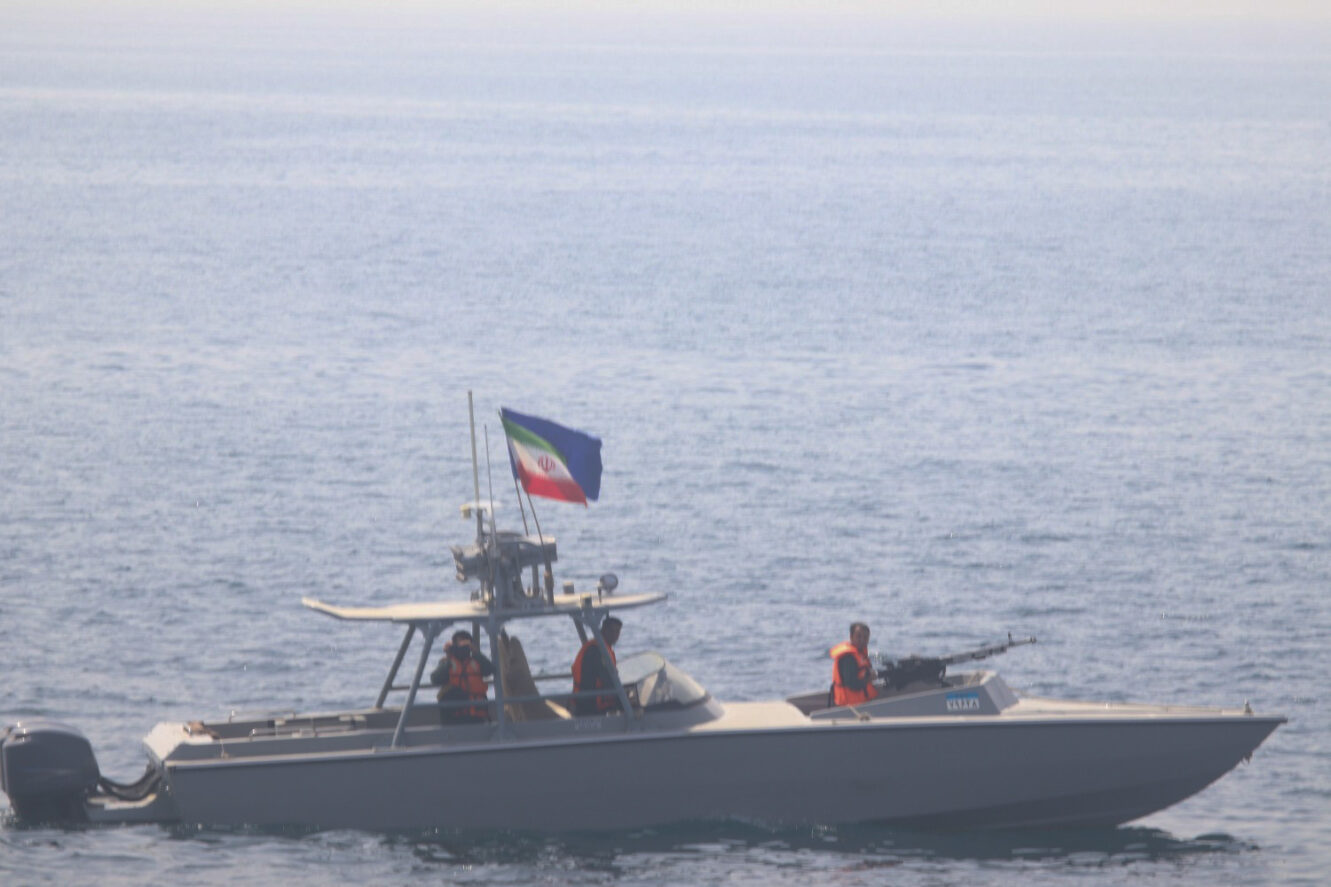- Messages
- 11,983
- Reaction score
- 2,586
- Points
- 238
THE AXIS OFF-KILTER: WHY AN IRAN-RUSSIA-CHINA “AXIS” IS SHAKIER THAN MEETS THE EYE
On 11 March, Iran, Russia, and China launched the fourth iteration of their four-day annual trilateral naval exercises. According to Iranian Second Rear Admiral Mustafa Taj al-Dini, the exercises “testif[y] to the emergence of a new alliance to ensure security in the northern Indian Ocean.” The reality, though, might not be quite so dramatic.First held in 2019, these exercises have always taken place in the Arabian Sea, and been based out of the Iranian port of Chabahar. They occur in a highly strategic corridor in the northern Indian Ocean, which links the Arabian Peninsula to Chinese ports in the Pacific Ocean via the Strait of Malacca. What is most notable about these exercises are the geopolitical implications of strategic coordination between Iran, Russia, and China. Indeed, even as talk of a burgeoning Iran-Russia-China axis increases, these naval exercises remain the only regularly cited example of trilateral military coordination in action. As such, they have much to tell us about the nature of this trilateral relationship — its motivations, possibilities, and limitations.
Relations between all three states seem to be deepening. Chinese General Secretary Xi Jinping has made “strengthen[ed] strategic coordination” with Russia a priority, while in his post-“election” victory speech, Russian President Vladimir Putin declared that China’s and Russia’s “national interests coincide,” which “creates a favorable environment for resolving our common tasks and in the sphere of international relations.” In our recently published reports from the U.S. Army’s Foreign Military Studies Office, we found that both China and Russia employ instruments of national power for military influence in Iran at a high level, each scoring a four on a five-point scale. Furthermore, our research assesses that both Russian and Chinese military influence in Iran are likely to increase in the next three years. Alongside the stronger bilateral relations between the three countries, Iran recently joined the Brazil, Russia, India, China, South Africa (BRICS) group and the Shanghai Cooperation Organization, arguably the two most prominent Russo-Chinese alternative multilateral institutions. In articulating their importance to Iran, Iranian President Ebrahim Raisi described membership in the BRICS as “countering unilateralism,” while the Shanghai Cooperation Organization was “a great family of civilizations” standing in opposition to Western “moral downfall.” The foundation for a trilateral security alliance, in short, seems to be in place.
Read the rest:

The Axis Off-Kilter: Why an Iran-Russia-China “Axis” Is Shakier than Meets the Eye - War on the Rocks
On 11 March, Iran, Russia, and China launched the fourth iteration of their four-day annual trilateral naval exercises. According to Iranian Second Rear
warontherocks.com
